Tips for Choosing a Bug Out Location
Bugging out without having a bug out location is one of the most crucial mistakes that you could possibly make during a disaster.
This is because it would mean that you’re bugging out to nowhere. You have no idea where you’re going and that is not a good thing.
Any disaster preparation plan MUST have a bug out location or locations incorporated into it.
That being said, you can’t just pick any random location and call it your bug out location. Well, you could, but that wouldn’t be the wisest move either.
With that in mind, here are the top five tips for choosing somewhere:
1 – The Distance Should Be Far Away and Yet Convenient
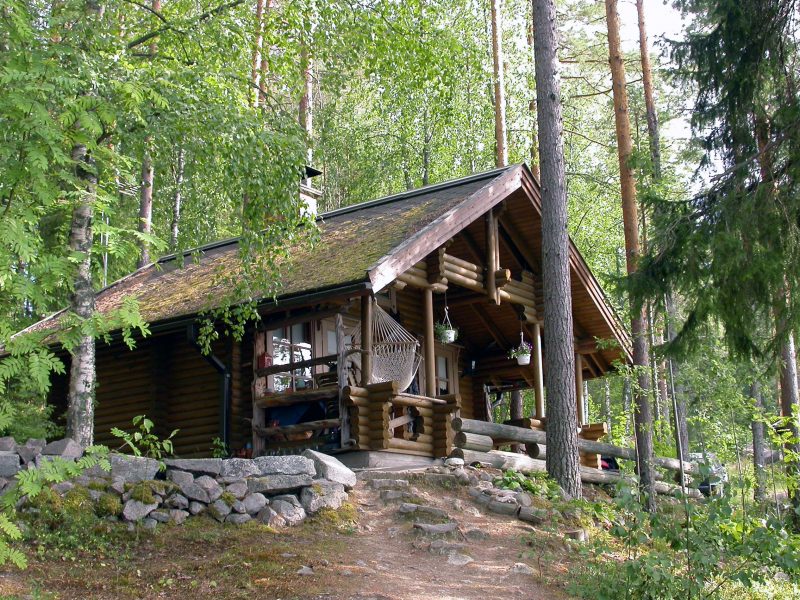
In other words, you want your location to be outside of any major urban areas (preferably) and certainly outside of any major disaster zones.
But you also want your location to be convenient – ideally within a few hours’ driving distance so you can get to it quickly and efficiently (assuming you manage to miss major congested traffic).
In short: being outside of danger + a reasonable driving distance = how far your bug out location should be from home.
2 – Resources Should Be in Abundance
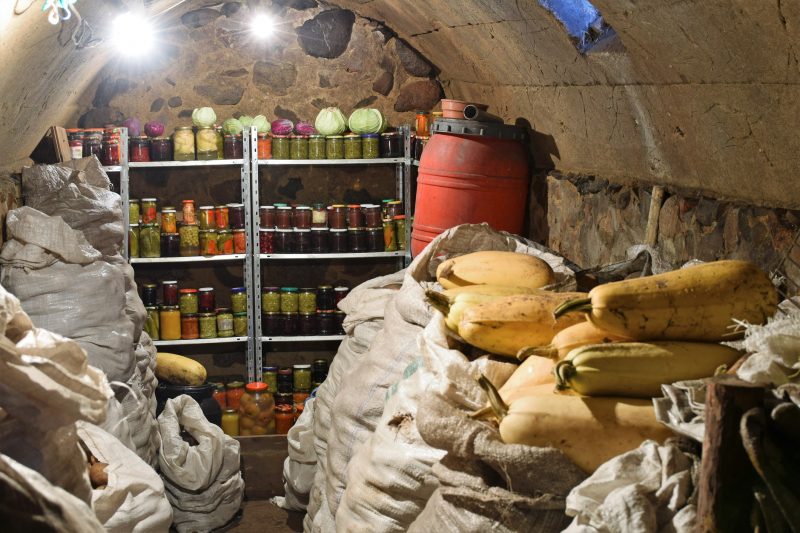
How well stocked should your location be?
Here’s a hint: very well stocked!
Water, food, first aid, ammunition – you name it. Basically, you want to have an entire cache of survival items buried or stored in a shed at your location, and one month’s supply at the bare minimum would be a good amount to aim for.
Keep in mind that resources also means natural resources as well. Your location would ideally have a fresh water supply (creeks or rivers would be preferable to lakes or ponds), agricultural land for planting seeds, and plenty of wildlife for hunting.
3 – The Terrain Should Be Defensible
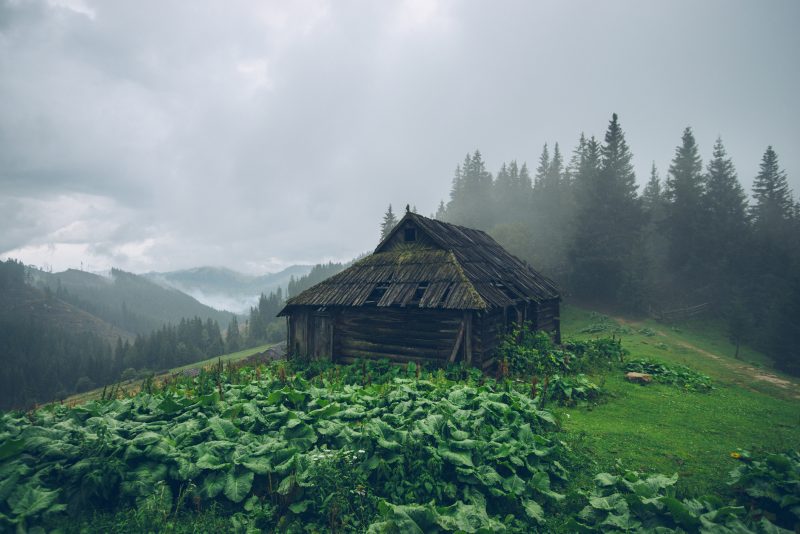
Hopefully, you’ll never have to pick up arms to defend your location. However, you may have to, especially when you consider that during a disaster people are going to be preying on one another for supplies.
Even if your location is outside of the danger area, you cannot count on the hope that you will never have to defend it.
For this reason, anywhere that is deep within a valley or gorge is a horrible location as you’ve immediately sacrificed the high ground to your attackers, which puts you at an enormous disadvantage.
Always choose a location that is positioned uphill so that you would have to return fire down rather than up. It should also have plenty of natural cover and obstacles that would make an enemy advance rather difficult.
You can further add to the defense by installing barbed wire fences, thorny brush, and by setting up sandbags and other positions of cover for yourself.
4 – The Location Should Be Hidden
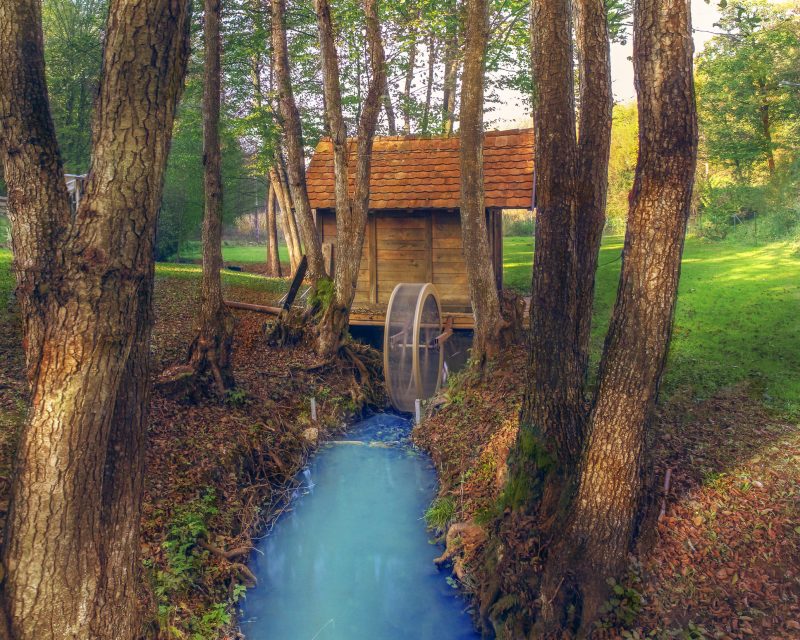
The best defense, of course, would be to never have to defend your location to begin with. You can increase the odds of this greatly by choosing somewhere that is well hidden.
If your shelter is near a highway or any major roads, it’s simply not hidden. It should only be accessible by dirt roads and should be concealed deep within hills or mountains. It should also be away from any major towns or landmarks because if it isn’t, it can be easily discoverable.
Normal campsites are also poor choices for bug out locations for this reason – even campsites that are more private and “out in the woods.” Instead, a secluded property located deep in the woods that is only accessible by a single dirt road would be more preferable.
5 – There Should Be Shelter
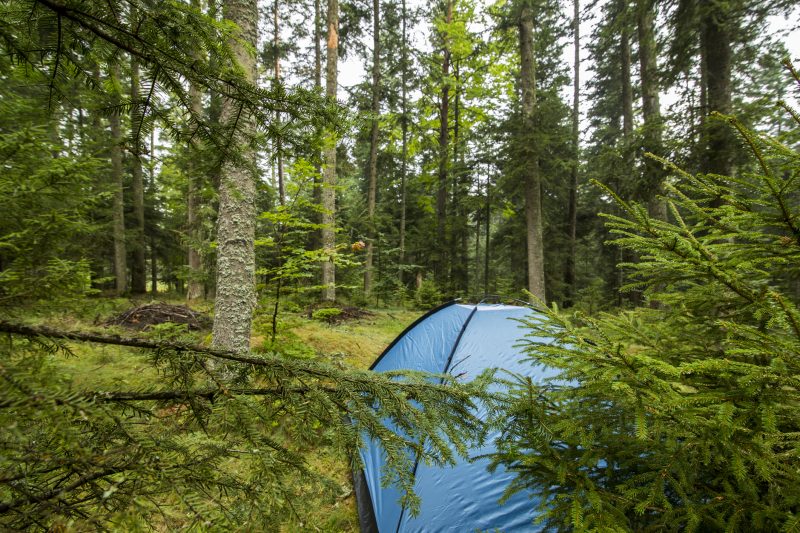
Last but not least, when you arrive at the location, it should have shelter for you and anyone else in your group to take cover in. Sure, you could just all stay in your car(s) if you want, but that’s hardly going to be comfortable.
This is why having a cabin, yurt, or house at your location is a wise idea. If that is not possible, the next best solution would be to have tents ready to go that you can set up. Being exposed out in the middle of the elements may be fine for a few nights but long-term it is hardly preferable.
Conclusion
If you can find a bug out location that meets the five criteria listed out in this article, it will greatly increase your chances of survival.





